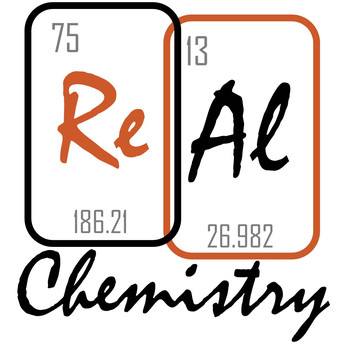Question #67003
1 Answer
The limiting reactant is NOT always the reactant present in the smallest amount.
Explanation:
In order to determine the limiting reactant, you want to find the reactant which runs out first. This is not always the reatant present in the smallest quantities because it depends on how much of each reactant is called for by a chemical reaction.
For example, say we have 4 slices of bread and 3 slices of cheese and we are making sandwiches by the following recipe:
2 slices of bread + 1 slice of cheese = 1 Sandwich
The cheese is present in the smaller quantity (3 slices vs 4 slices of bread) but its NOT the limiting reactant. When we go to make sandwiches we will run out of bread after we make two sandwiches. We will still have cheese, but our bread is all gone. This means bread is our limiting reactant even though its present in the larger quantity.
In the same way, a chemical reactant may not be limiting even if its present in the smallest quantity. The key is comparing how much we have to our recipe.
See this video for more details:

